Italian seasoning is a popular dried herb blend typically containing oregano, basil, thyme, marjoram, and rosemary. Despite its name, this convenient spice mix is actually an American invention designed to simplify Mediterranean cooking - not a traditional Italian blend. Understanding what's in your Italian seasoning and how to use it properly can dramatically improve your cooking results.
Table of Contents
- What Exactly is Italian Seasoning? (The Direct Answer)
- The American Origin: Why Italian Seasoning Isn't Actually Italian
- Complete Breakdown: What's Really in Italian Seasoning
- Perfect Proportions: Ideal Ratios for Authentic Flavor
- Best Homemade Italian Seasoning Recipe (Superior to Store-Bought)
- 7 Professional Uses for Italian Seasoning Beyond Pasta
- Italian Seasoning FAQ: Expert Answers to Common Questions
What Exactly is Italian Seasoning? (The Direct Answer)
Italian seasoning is a pre-mixed blend of dried Mediterranean herbs designed to replicate the flavor profiles commonly found in Italian cuisine. The standard ingredients include oregano, basil, thyme, marjoram, and rosemary - with some variations adding garlic powder, sage, or red pepper flakes. Unlike single herbs, this seasoning blend provides a balanced flavor foundation that enhances pasta sauces, roasted vegetables, meats, and more. It's important to understand that commercial Italian seasoning varies significantly between brands, which is why making your own ensures consistent quality and flavor.
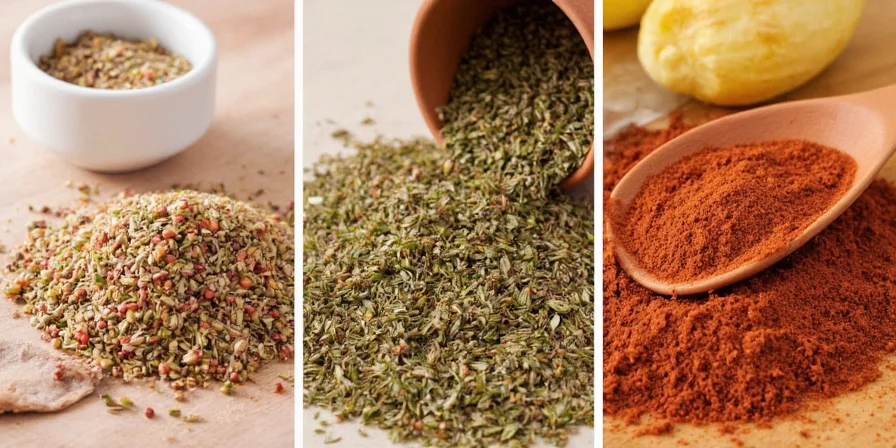
When searching for "what is Italian seasoning made of" or "Italian seasoning ingredients," this comprehensive breakdown provides exactly what home cooks need to know. The blend's versatility makes it one of the most useful pantry staples for creating authentic Mediterranean flavors with minimal effort.
The American Origin: Why Italian Seasoning Isn't Actually Italian
Contrary to popular belief, standardized "Italian seasoning" doesn't exist in Italy. This convenient blend was created in 1950s America as a supermarket product for home cooks unfamiliar with Mediterranean ingredients. Traditional Italian cooking relies on fresh, region-specific herbs used individually - such as Sicilian oregano in tomato sauces or Tuscan wild rosemary in roasts. Understanding this distinction explains why authentic Italian recipes rarely call for "Italian seasoning" and instead specify individual herbs. This knowledge empowers you to use the blend strategically as a flavor foundation while adapting with fresh herbs for regional authenticity.
Complete Breakdown: What's Really in Italian Seasoning
When you search "what is Italian seasoning made of," you deserve a clear, detailed answer. Here's the definitive breakdown of herbs typically found in most commercial Italian seasoning blends:
| Herb | Percentage in Blend | Flavor Profile | Key Culinary Uses |
|---|---|---|---|
| Oregano | 25-30% | Bitter, warm, and peppery | Essential for pizza, tomato sauces, and grilled meats |
| Basil | 20-25% | Floral, anise-like, mild pepper | Perfect for pasta sauces, pesto, and fresh applications |
| Thyme | 15-20% | Earthy, lemony, slightly minty | Ideal for roasts, stews, and soups |
| Marjoram | 10-15% | Mild, citrusy, floral | Best for vegetable dishes, stuffing, and lamb |
| Rosemary | 5-10% | Pungent, woody, minty | Excellent for roasted potatoes, bread, and meat rubs |
| Sage | 0-5% | Peppery, earthy, resinous | More common in North American versions for dumplings and sausage |
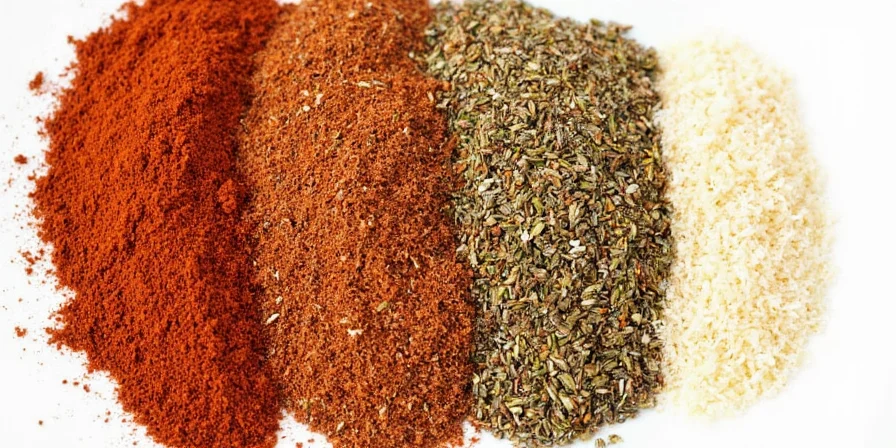
Many commercial blends include additional ingredients like garlic powder (5-10%), onion powder, or red pepper flakes. Some lower-quality versions may contain fillers or anti-caking agents, which is why making your own ensures premium quality. This detailed composition answers the common search query "Italian seasoning ingredients" with precise, actionable information.
Perfect Proportions: Ideal Ratios for Authentic Flavor
Understanding the right proportions is crucial when making Italian seasoning from scratch. While commercial blends vary, these ratios create a balanced, restaurant-quality blend:
- Oregano – 30% (the dominant flavor)
- Basil – 25% (provides sweetness)
- Thyme – 15% (adds earthiness)
- Marjoram – 10% (contributes floral notes)
- Rosemary – 10% (use sparingly - too much overpowers)
- Sage – 5% (optional in authentic versions)
- Garlic powder – 5% (adds depth)
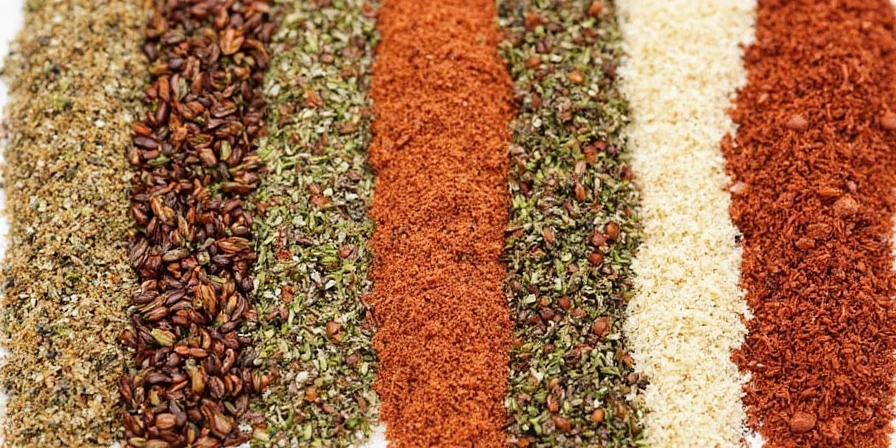
These precise measurements address the common search query "how much of each herb in Italian seasoning" with professional-level detail. Adjustments can be made based on personal preference or specific recipe requirements - for example, increasing oregano for pizza sauces or reducing rosemary for delicate dishes.
Best Homemade Italian Seasoning Recipe (Superior to Store-Bought)
Creating your own Italian seasoning ensures freshness, quality control, and customization. Here's the professional chef-approved recipe:
Ultimate Homemade Italian Seasoning
- 6 tablespoons dried oregano (highest quality available)
- 5 tablespoons dried basil
- 3 tablespoons dried thyme
- 2 tablespoons dried marjoram
- 2 tablespoons dried rosemary, finely crushed
- 1 tablespoon garlic powder (for enhanced flavor)
- 1 teaspoon onion powder (optional for depth)
- ½ teaspoon red pepper flakes (optional for heat)
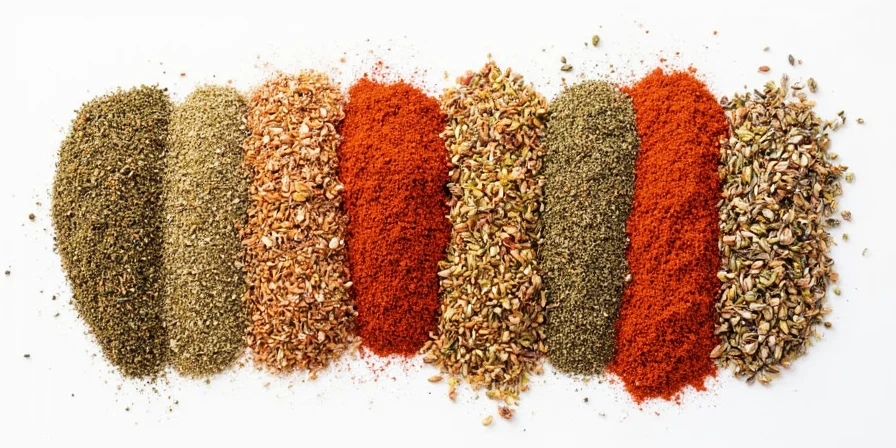
Combine all ingredients thoroughly in a bowl, then transfer to an airtight container. Store in a cool, dark place for optimal freshness. Properly stored, this blend maintains peak flavor for 6-12 months.
Why Homemade Beats Store-Bought Every Time
- Fresher ingredients - Commercial blends can sit on shelves for months
- No fillers - Many store versions contain anti-caking agents
- Customizable - Adjust ratios to match your favorite dishes
- Cost-effective - Costs approximately 30% less than premium brands
- Higher potency - Freshly blended herbs have stronger flavor
This recipe directly answers the search query "how to make Italian seasoning" with precise measurements and professional tips often missing from other online resources.
7 Professional Uses for Italian Seasoning Beyond Pasta
Move beyond basic pasta sauces with these chef-recommended applications that answer "how to use Italian seasoning":
1. Elevated Roasted Vegetables (The Restaurant Secret)
Toss vegetables with 1-2 teaspoons of Italian seasoning per pound before roasting. The herb blend caramelizes beautifully, creating complex flavors that transform simple sides into showstopper dishes. Works especially well with root vegetables, zucchini, and eggplant.
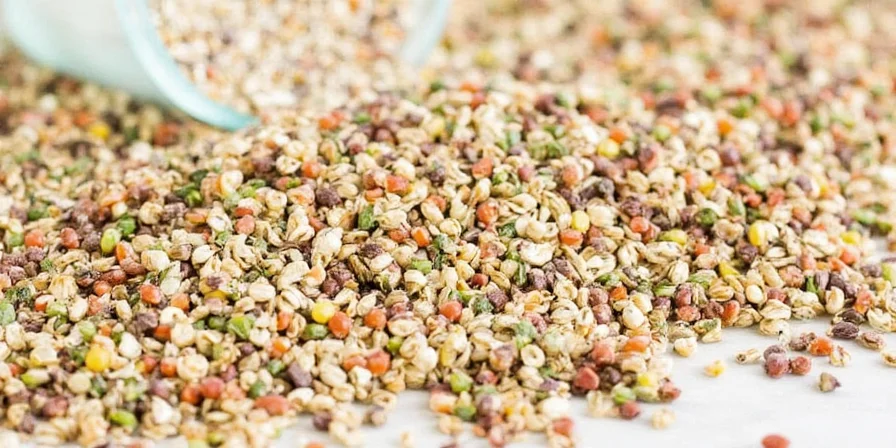
2. Flavor-Boosted Bean Dishes
Add 1 teaspoon to simmering beans for instant depth. Perfect for minestrone soup, white bean salads, or chickpea stews. The herb blend penetrates the beans as they cook, creating restaurant-quality results.
3. Artisan Bread Enhancement
Mix 1-2 tablespoons into bread dough before baking, or sprinkle on top of focaccia. Creates an authentic Italian bakery experience at home.
4. Gourmet Popcorn Seasoning
Combine 1 teaspoon Italian seasoning with 2 tablespoons melted butter and toss with freshly popped popcorn. The unexpected herb combination creates a sophisticated snack that impresses guests.
5. Premium Meat Rubs
Mix with olive oil to create a paste for chicken, pork, or lamb. Let sit for 30 minutes before cooking for deeply infused flavors. For steak, add 1 teaspoon to your regular seasoning blend.
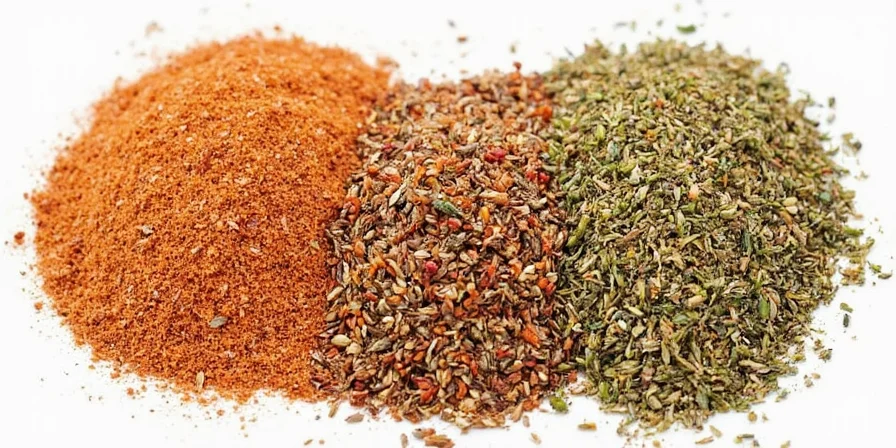
6. Salad Dressing Base
Whisk 1 teaspoon into vinaigrettes for instant Italian-inspired dressing. Works particularly well with red wine vinegar and extra virgin olive oil.
7. Tomato Sauce Amplifier
Add 1-2 teaspoons to canned tomato sauce for instant restaurant-quality pasta sauce. Cook for 15-20 minutes to allow flavors to meld.
Italian Seasoning FAQ: Expert Answers to Common Questions
What is Italian seasoning made of?
Traditional Italian seasoning contains oregano, basil, thyme, marjoram, and rosemary. Many commercial versions add garlic powder, sage, or red pepper flakes. The exact composition varies significantly between brands.
Is Italian seasoning the same as herbes de Provence?
No. Herbes de Provence is a French blend typically containing lavender, while Italian seasoning focuses on Mediterranean herbs without floral notes. The flavor profiles are distinctly different.
Can I substitute Italian seasoning with individual herbs?
Yes. For every teaspoon of Italian seasoning, use ½ teaspoon oregano, ¼ teaspoon basil, and ¼ teaspoon thyme. Adjust based on your recipe's requirements and personal preference.
How long does homemade Italian seasoning last?
Properly stored in an airtight container away from light and heat, homemade Italian seasoning maintains peak flavor for 6-12 months. After this, it remains safe but gradually loses potency.
What's the difference between Italian seasoning and Greek seasoning?
Greek seasoning typically contains more oregano and sometimes mint, while Italian seasoning has a more balanced herb profile. Greek blends often include lemon zest for brightness.
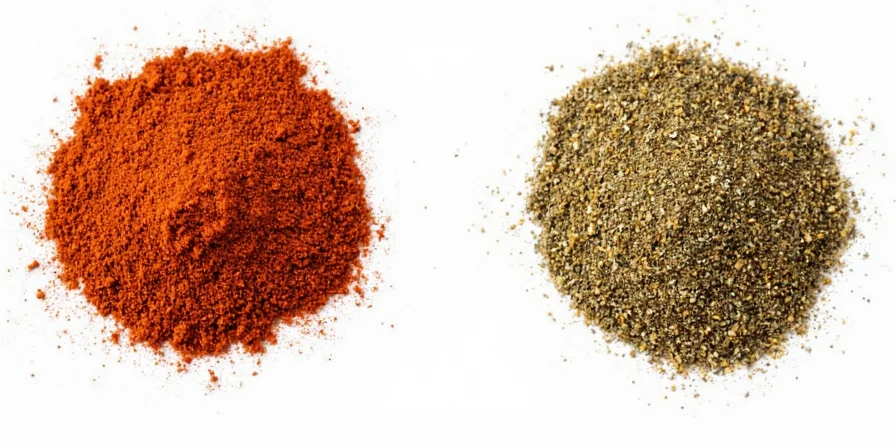
Mastering Italian Seasoning: Your Culinary Game-Changer
Understanding what's in Italian seasoning and how to use it properly transforms ordinary cooking into extraordinary meals. Whether you're making your own blend or selecting the best commercial version, knowing the exact composition puts you in control of your dish's flavor profile. Remember that the "Italian" in the name refers to the flavor inspiration, not authenticity - the best results come from using this blend as a foundation while incorporating fresh herbs for specific regional dishes.
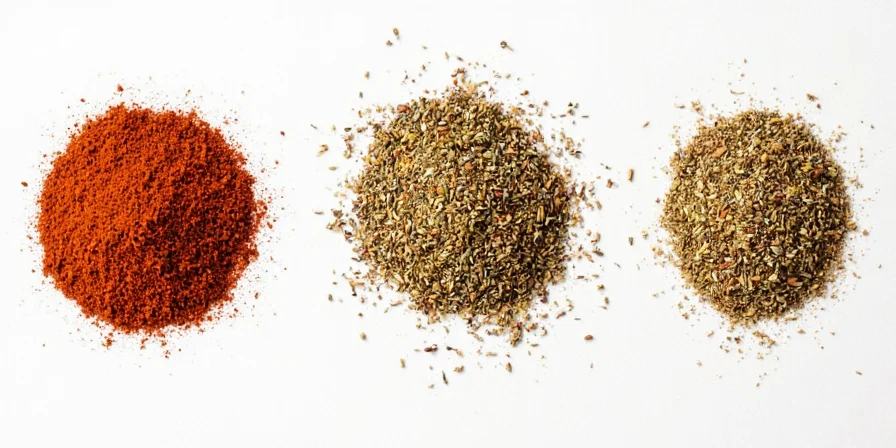
With this comprehensive guide, you now have everything needed to answer common questions like "what is Italian seasoning made of," "how to make Italian seasoning," and "how to use Italian seasoning" like a professional chef. Start experimenting with these techniques today to elevate your everyday cooking to restaurant quality.

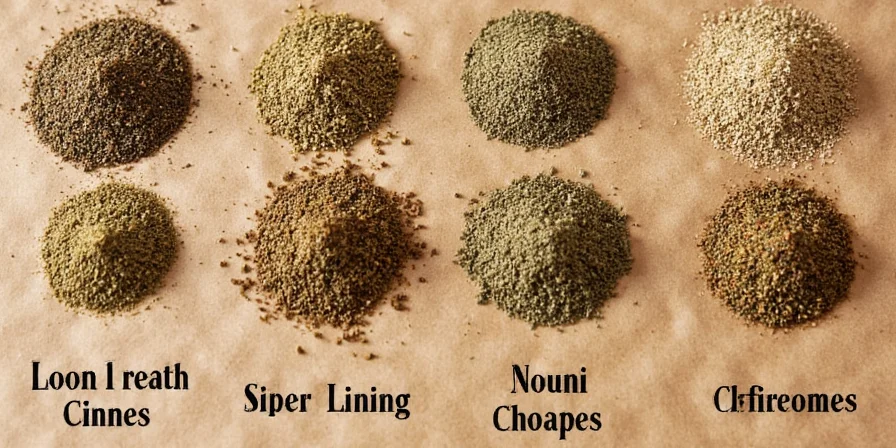









 浙公网安备
33010002000092号
浙公网安备
33010002000092号 浙B2-20120091-4
浙B2-20120091-4